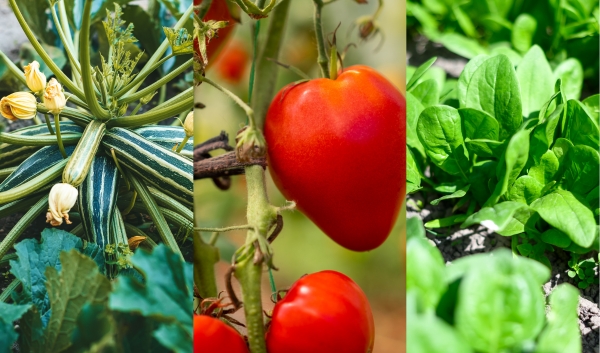Summary of Implications of microbial and non-microbial biostimulatory action on the quality of leafy and fruit vegetables
Biostimulant Impacts on Leafy and Fruit Vegetables: Enhancing Quality and Yield
Biostimulant Impacts on Leafy and Fruit Crops: EU Regulations and Overview
The European Union recently updated Fertilizers Regulations. Plant biostimulants are now defined as products that stimulate plant nutrition processes, regardless of nutrient content. Their purpose is to improve nutrient use efficiency, abiotic stress tolerance, and overall product quality. Biostimulants fall into two main categories. Non-microbial biostimulants include humic acids, protein hydrolysates, and seaweed extracts. Microbial biostimulants include arbuscular mycorrhizal fungi and plant growth-promoting rhizobacteria, such as Azotobacter, Azospirillum, and Rhizobium species. These biostimulants actively support growth in both leafy and fruit vegetables.
Non-Microbial Biostimulant Impacts on Leafy and Fruit Vegetables
Non-microbial biostimulants significantly improve yield and quality in crops like tomato and spinach. Protein hydrolysates and seaweed extracts increase lycopene, total ascorbic acid, and phenol content while modulating nitrate levels. Using these biostimulants allows farmers to enhance vegetable quality efficiently. These products actively influence plant metabolism, improving both appearance and nutritional value.
Microbial Biostimulant Impacts on Leafy and Fruit Vegetables
Microbial biostimulants, including AMF with Rhizophagus irregularis and Funneliformis mosseae, enhance mineral profiles in zucchini and cucumber. Applying these biostimulants strengthens plant health, increases nutrient content, and improves fruit and leafy vegetable quality. Farmers can use microbial biostimulants in combination with non-microbial products to achieve optimal crop results.
Future Perspectives on Biostimulant Impacts on Leafy and Fruit Vegetables
Future research focuses on optimizing biostimulant composition and application timing. Combining microbial and non-microbial biostimulants could maximize yield, improve nutrient density, and enhance flavor. Biostimulant strategies can help meet growing food demand sustainably while boosting product quality in greenhouse vegetables. These approaches ensure farmers achieve higher returns and healthier crops.
Publication: Acta Horticulturae









